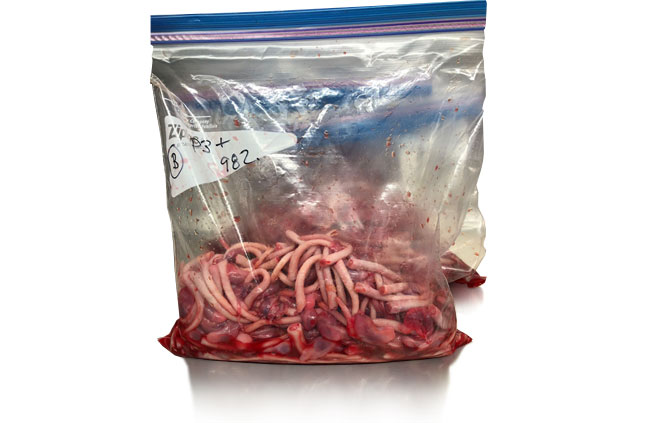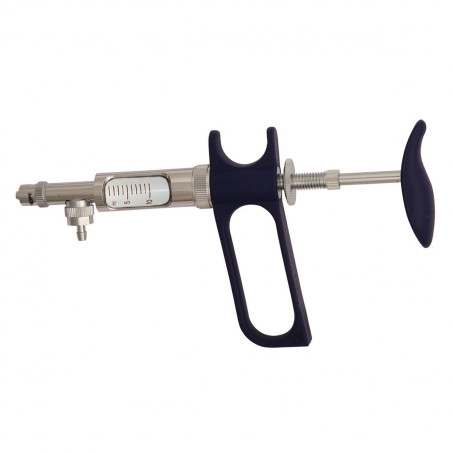In previous articles we reviewed the different approaches to control PRRS virus and, more specifically, the importance and the different steps to achieve a good PRRS virus acclimation program in gilts. The goal for this control program, as we reviewed previously, is always the interruption of the transmission cycle of the virus in the sow herd and the consecutive production of PRRS-virus free piglets at weaning. Once these strategies are in place, how can we monitor our program? How often should we sequence the virus/es present in our farms? In this article, we will ask our 4 swine veterinary practitioners from Germany, North America, China, and Spain how they track the progress of the PRRS virus control strategies in their regions.
What percentage of producers perform ongoing PRRS surveillance? What are the objectives? In China, Wang estimates that a large percentage of producers have a PRRS surveillance program in place. Large producers have actually taken the decision to own their lab to perform PRRS surveillance, in addition to other testing, routinely. On the other hand, small producers usually look for the support from animal health management companies that provide them with laboratory testing, free of charge, as part of their technical service. Wang highlights the fact that, even though most farmers monitor their PRRS virus status one way or another, many test results provide the producers with very limited information, as they are typically based only on antibody serology results or incorrect sampling and methodology. Vidal, Pitkin and Böhne agreed on the fact that most producers only perform surveillance when there are clinical signs at the farm, and that is usually after an outbreak. Producers don’t check if the farm is stable or unstable on a routine basis. The decision of whether or not to move a specific batch of piglets, based upon their PRRS status, cannot be changed easily, explained Vidal. This is a very difficult decision that gets complicated by the logistics of the system in their daily work. Pitkin also differentiates between commercial and multiplication herds. In the latter, the objective is to sell breed stock and surveillance is performed intensively in 100% of the sites. The surveillance, based on antibodies and virus presence, is performed constantly to assure the negative status of those breeding herds.


All our veterinarians (with the exception of Vidal) agreed on the sampling technique and types of animals to sample for this surveillance: preweaning piglets. Thirty serum or its equivalent in saliva samples at weaning are the most common sample types. PCR samples in pools of 5 are the most requested technique, in the case of serum. With rope sampling Pitkin comments that sequencing is still challenging. On the other hand, Vidal considers serum from piglets of site 2 and 3, as well as aborted sows, in their routine surveillance testing after an outbreak. In their case, and until the farm becomes stable again, producers perform McRebel® strategies, delay the entry of gilts up to 5 months (semi-closure of the farm), and use aborted sows to stabilize the herd together with a whole herd MLV vaccination. At this point Pitkin differentiates again between commercial and multiplication herds: their purpose is very different. For multiplication herds or breeding stock herds their goal is to check disease status in older pigs, so they also focus their sampling on those pigs that are closer to the time of sale, and always prior to shipment to a client. Wang mentioned the increased use of processing fluid samples in large sow farms as part of their surveillance testing (Picture 2).

Once those farms get a positive sample, is sequencing always pursued? What are the objectives of our practitioners for sequencing? For Vidal, sequencing is only performed for outbreak investigation purposes. In North America, Pitkin gave us more details and explains that farmers always want to differentiate between resident virus vs a new introduction and production systems have, as part of their PRRS virus history, large collections of virus sequences that have been present in their sites. Pitkin explains that up to 2% of ORF 5 sequencing change in the resident virus over a certain period is still considered the same virus if no clinical signs are observed. However, the challenge in those cases when only 2% difference compared to the resident virus has been responsible for severe clinical signs. As a result, they have learnt that sequencing information is useful for PRRS virus, however this cannot be the only strategy in use to evaluate the strains isolated during their surveillance. Sequence information on genetic diversity by itself does not inform us about the fundamental questions related to PRRS virus virulence or pathogenesis. Therefore, you need to look at the pigs and, as Pitkin says “do what the pigs are telling you!”, be opened to change the strategy no matter what the ORF 5 sequence results are.







